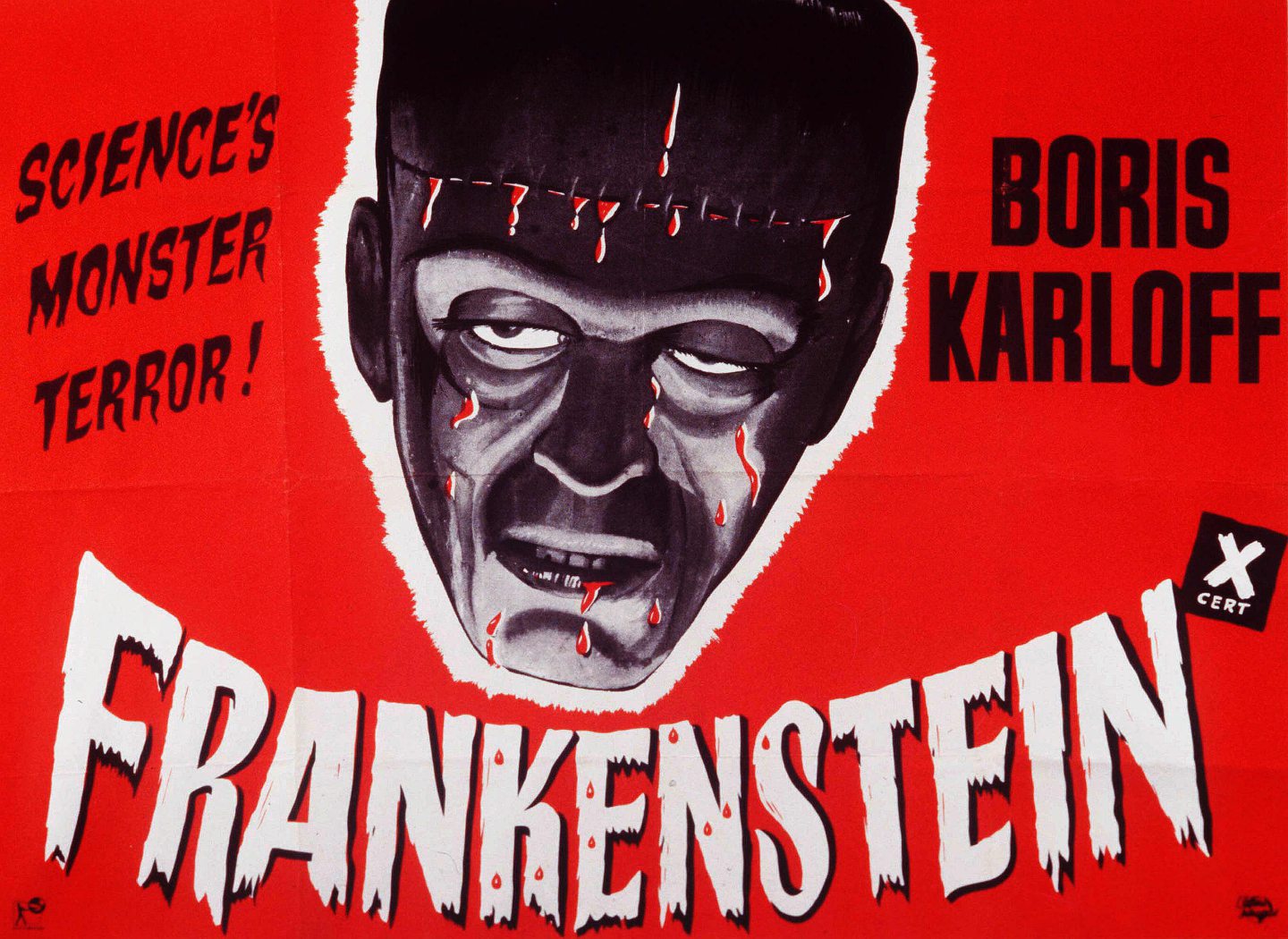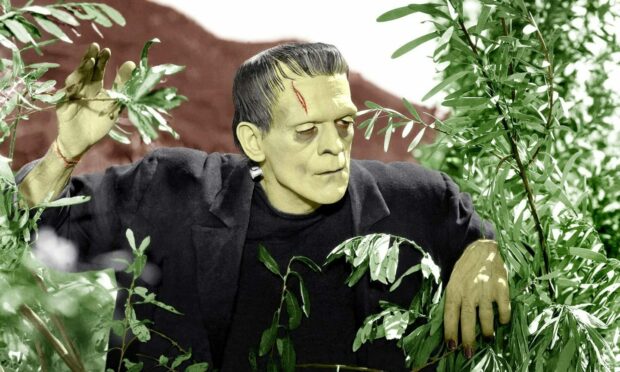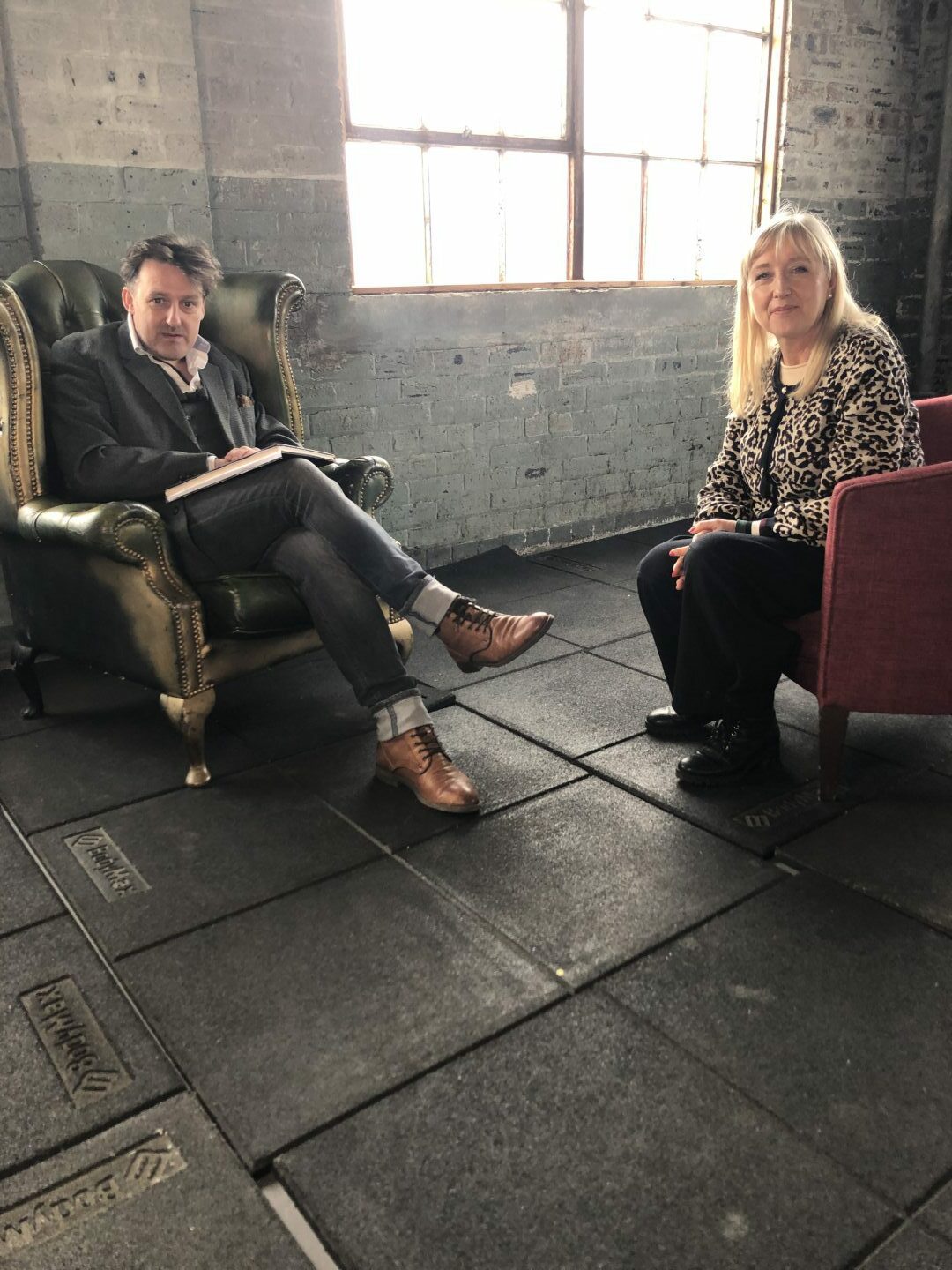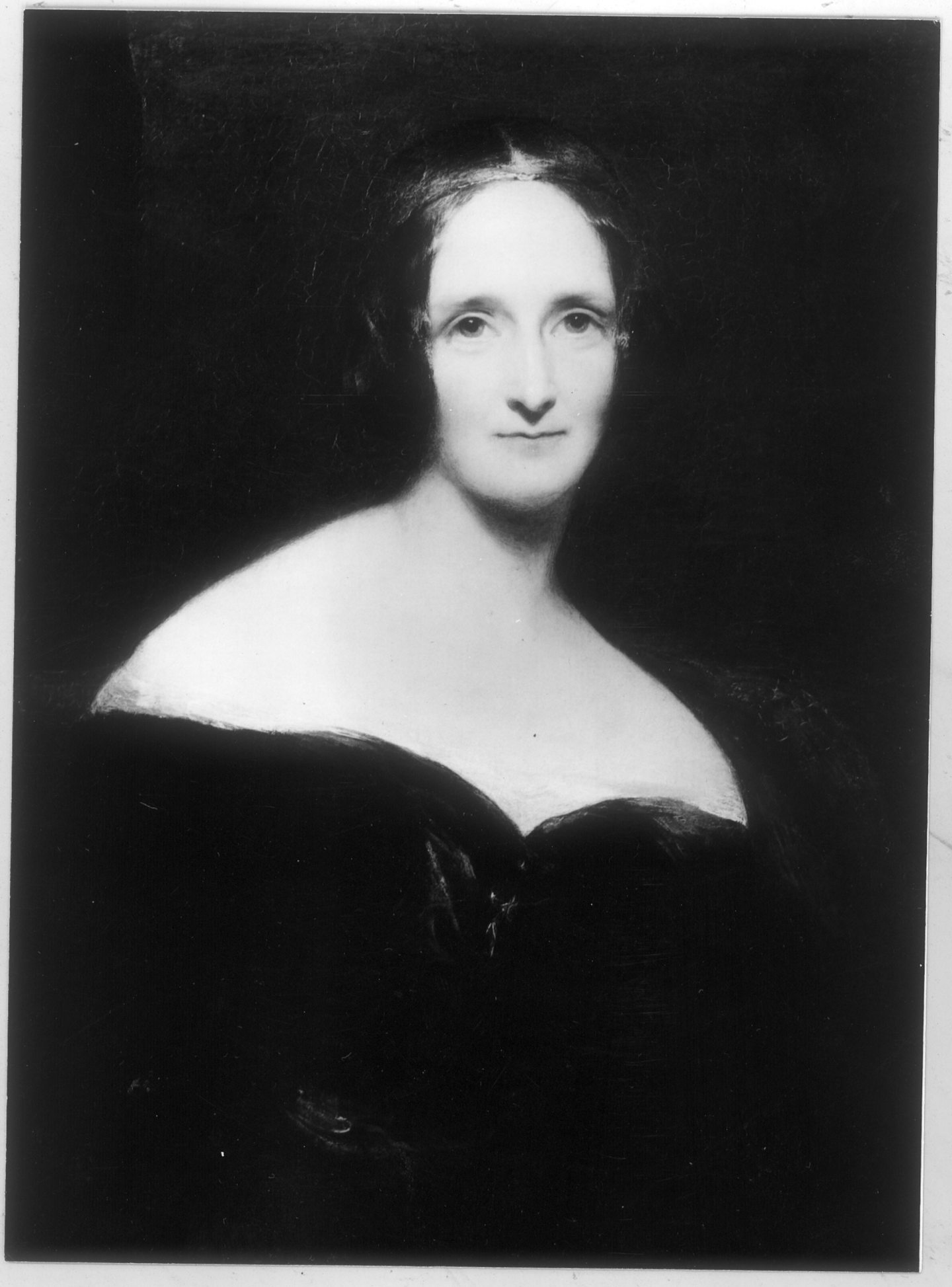It is one of literature’s most famous novels; a tragic tale of science and ambition gone wrong and the dangers of playing God.
Which makes it even more remarkable that Mary Shelley was just a teenager when she created Frankenstein, the doctor whose monster is embedded in our popular culture from films and TV series to comics and songs.
Boris Karloff was the most famous embodiment, but Peter Boyle provided a hilarious turn in the Mel Brooks classic Young Frankenstein – and the creature was also the inspiration for The Munsters and The Addams Family.
And there was even a recent movie Victor Frankenstein, starring James McAvoy and Daniel Radcliffe, which was partly filmed at Dunnottar Castle – though the execrable reviews suggested this was one occasion where the monster might have been given life, but the film lay dead on the slab.

The author was only 18 when she penned the novel – which was published anonymously in 1818 – and much of it was written at Lake Geneva.
But it was in Scotland, near Dundee, where she is believed to have derived early inspiration for the book – and one of its most memorable scenes was based around what she regarded as the wild rugged remoteness of Orkney.
The connection to the Northern Isles is undeniable, as it’s the setting for Victor Frankenstein’s work on a second monster, even while his original creature pursues him to the far north of Scotland. And a new documentary has investigated the ties between Shelley’s life and her most fabled novel.
BBC Alba presenter Cathy MacDonald travelled to Dundee to speak to local experts and aficionados of Frankenstein – one of the earliest examples of science fiction – and discovered grisly links to grave-robbing and the horrific treatment of women regarded as witches, allied to the development of rapid medical advances and need for human dissection in the scientific community.
She also made the journey to Orkney to examine why Shelley took her doomed doctor and his nemesis to a place which, in the early 19th century, was still regarded by many people in Britain as desolate and inhospitable.
As Cathy explained: “Frankenstein chose to carry out his heinous task [of building another monster] on a small remote island off Orkney.”
The ideal setting for a gruesome task
And Shelley’s description is unlikely to be quoted in any tourist brochures attempting to woo potential tourists to Stromness and Kirkwall.
She wrote: “It was a place fitted for such work, being hardly more than a rock, whose high sides were continually beaten upon by the waves.
“The soil was barren, scarcely affording pasture for a few miserable cows and oatmeal for its inhabitants, who consisted of five persons, whose gaunt and scraggy limbs gave tokens of their miserable fare.
“Vegetables and bread, when they indulged in such luxuries, and even fresh water, was procured from the mainland, which was about five miles distant.
“But he [Victor] found a small, rather dilapidated hut where he set up his equipment and worked away at his gruesome task.”
The book depicts a man on the brink of insanity and characters increasingly cut adrift from civilisation in the pits of abandonment and loneliness.
But questions remain as to why Shelley, a young woman with a fertile imagination who later claimed that the whole story came to her in a dream, would have taken Frankenstein to the islands in the first place.
Dr Peter Mackay of St Andrews University, argues in the programme that it was because Gothic horror can be conveyed far more convincingly in the middle of nowhere than in a well-populated urban or metropolitan area.
He said: “Why did he go to Orkney? It doesn’t make much sense inside the book itself. But, in a way, this is the foundation of Celtic horror.
“As long as you are in London, things seem scary in these islands and things don’t quite make sense. Mary Shelley is telling us: ‘Look, this can happen in this country. Take a trip with Victor Frankenstein to Orkney, to the Western Isles and things will be different there’.
“[Later in the novel] Victor is almost finished creating the other monster in Orkney. But he stops. He is scared. He has been thinking about what will happen in the years ahead and is worried the [monsters] will have children.”
This is one of the towering aspects of a book which remains compelling today, more than 200 years after it was published – many of the issues about cosmetic surgery, body shaming, genetically modified foods and human cloning are still being discussed and debated in 2022.
A sense of turmoil and danger
Dr Daniel Cook of Dundee University, said: “The hut on Orkney in which he places himself is just far away enough from, quote on quote, civilisation to not affect or harm anybody.
“But also I think the way that Mary Shelley describes the natural habitat there: the wind, the seas and everything, I think it just captures and mirrors Victor’s own thinking at the time.
“There’s that sense of turmoil and danger as much as excitement.
“Here he is in the Orkneys, playing God, extending that experimentation and finally confronting the true horror of his great achievement.”
No wonder it’s as spellbinding today as it was when Frankenstein first entered the ranks of literature. And much of it was dreamt up in Scotland.
Sàr-sgeòil: Frankenstein (Classic Tales: Frankenstein) airs on BBC ALBA on Thursday June 9 at 9pm and is available on the BBC iPlayer.


